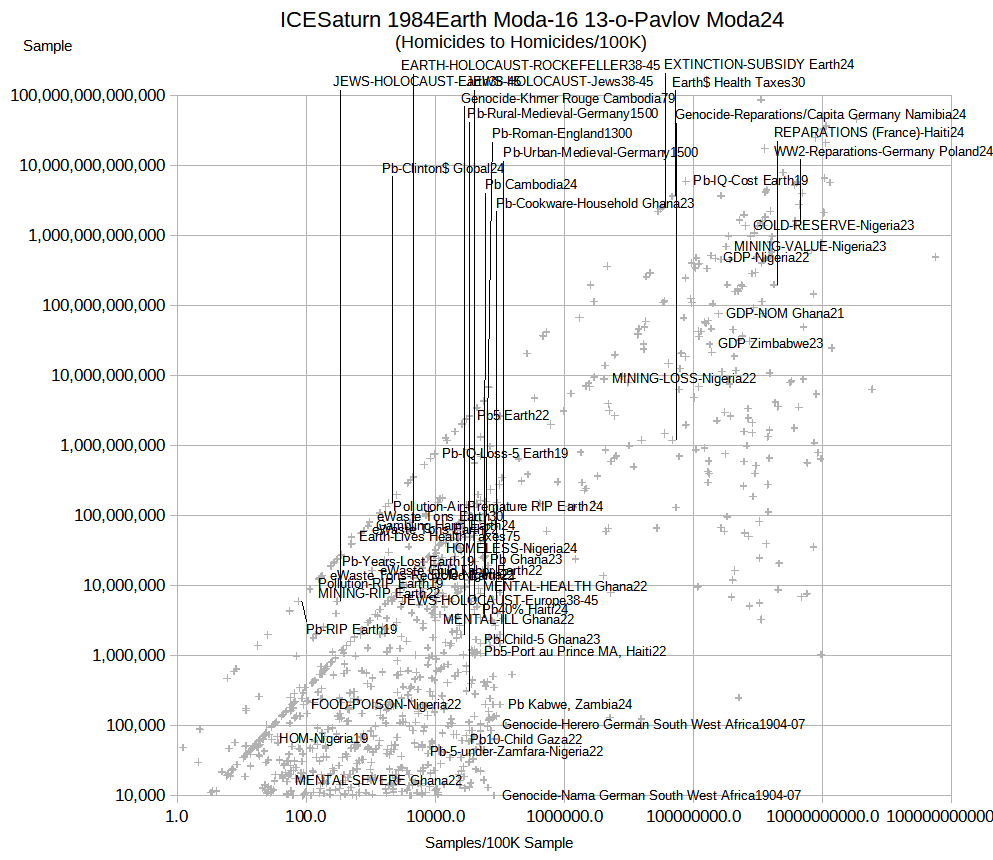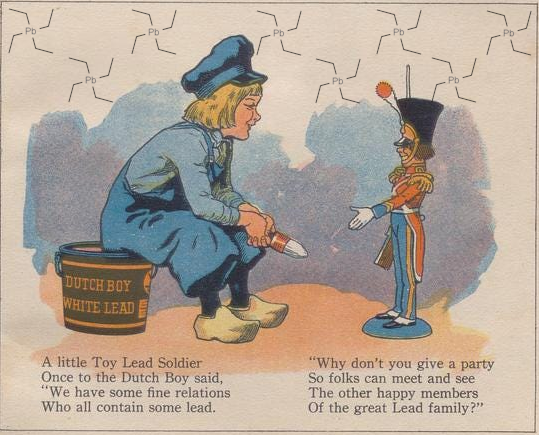
Highlights
- First in-depth investigation of lead white synthesis by traditional corrosion process.
- Detailed reaction chains and stratification of corrosion products.
- Compared analysis of mock-ups and ancient pigments.
- Explanation of composition of pigments in classical paintings.
Abstract
Traditional “stack “manufacturing process (16–19th c.) of lead white pigment by lead corrosion is explored by exposing metal to acetic acid, carbon dioxide, dioxygen and water vapor. Global reaction scheme is revealed, along with stratification of corrosion products with CO2 gradient, leading to flakiness of corrosion layer. Kinetic and epitaxial features rule the polyphased structure, explaining hydrocerussite-rich compositions and absence of plumbonacrite in classical easel paintings. Microstructure of cerussite appears as a differentiation criterion between stack-made and industrial precipitation-synthesized lead whites. Particular conditions reported in ancient writings are tested and discussed to understand unusual processes.
https://www.sciencedirect.com/science/article/abs/pii/S0010938X18313283


Comments